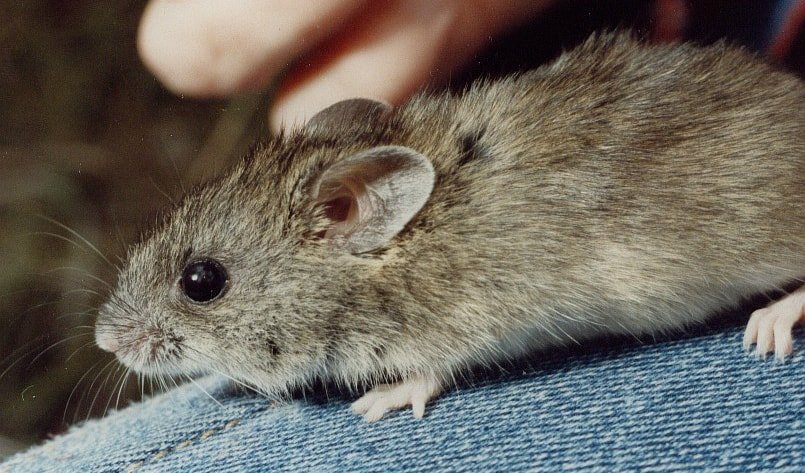Scientists fear New Holland mouse numbers are in steep decline

THE NEW Holland mouse (Pseudomys novaehollandiae), a critically endangered native burrowing mammal, is feared to be in decline in Victoria as scientists studying the animal say it hasn’t been recorded in the Otway Ranges, in the south of the state, since 2003.
Barbara Wilson, an ecologist from Deakin University who has studied the mouse since the 1980s tells Australian Geographic that the steep decline can be attributed to the impacts of climate change.
“Climate change and the resulting reductions in rainfall are a big threat to the species together with historic clearing of land and habitat fragmentation inappropriate fire regime and introduced predators.
“In south-west Victoria the wet decades of the 1950s and 1970s were followed by the significant millennium drought and rainfall is projected to decrease by 25 to 45 % under high carbon emission scenarios by 2090.
“This vulnerable species thus faces significant threats from climate change and modelling of rainfall changes on the distribution of the New Holland mouse predicted a decline of up to 50%.”
According to Barbara the little mouse plays a critical role in maintaining the ecosystem of the Otway Ranges. “The species is omnivorous, feeding on seeds, insects, leaves, flowers and fungi, and is therefore likely to play an important role in seed dispersal and fungal spore dispersal,” she says.
Recovering the New Holland mouse
Barbara and her team set up traps in the eastern Otway Ranges 100 km southwest of Melbourne in a bid to locate the New Holland mouse, however, out of the 352 mammal captures there was no sign of the mouse.
She says this means that, while the mouse is considered to be critically endangered in Victoria, it may be more precarious than previously estimated.
“Recovery is unlikely without intensive management, focussed on remnant or reintroduced populations, including protection from habitat fragmentation and inappropriate fire regimes. Prevention of extinction of the species throughout its southern range will require similar management strategies.
“Captive breeding at Deakin University and reintroductions of the New Holland mouse in the eastern Otway Ranges were implemented previously between 2001-2003. There is a need to reassess these programs and evaluate the likelihood of their success to improve the species survival,” Barbara says.
The paper was published in the journal CSIRO Publishing today.
READ MORE:
- The little Aussie mouse surviving against all odds
- Endangered dusky mouse protected by dingoes
- Threatened Aussie mouse sneaks onto conservation reserve

